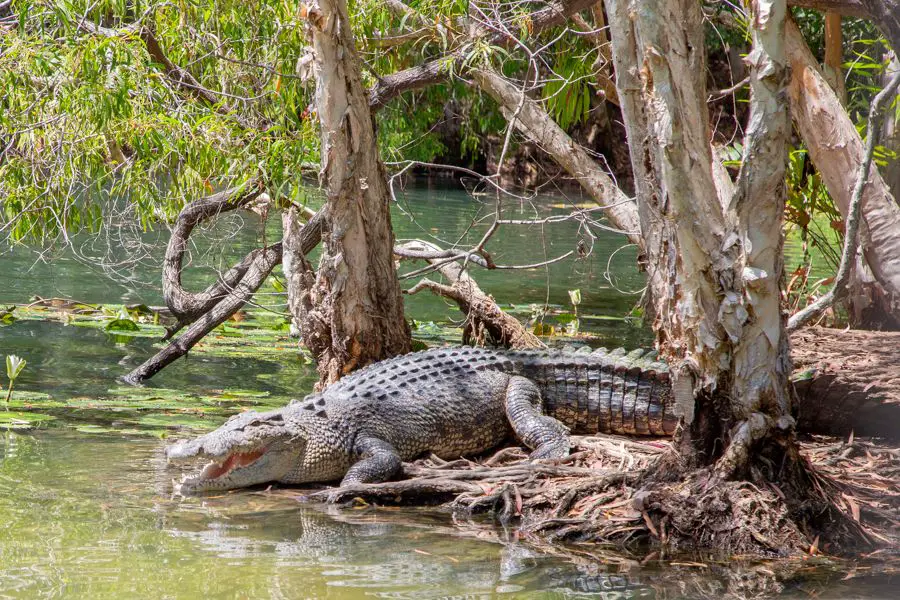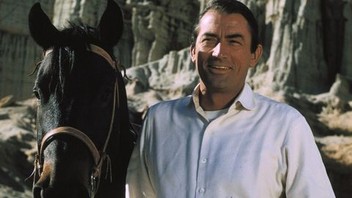Fascinating Facts About Crocodiles: Nature’s Ancient Predators
Introduction
Crocodiles are among the most ancient and formidable predators on Earth. These remarkable reptiles have been around for millions of years, and their adaptations have made them some of the most effective hunters in the animal kingdom. In this blog, we’ll dive into some captivating facts about crocodiles, exploring their behavior, anatomy, and their role in the ecosystem.
An awe-inspiring crocodile in its natural habitat.

1. Ancient Survivors
Crocodiles have been around for approximately 200 million years, making them older than dinosaurs. They belong to a group of reptiles known as Archosaurs, which also included the ancestors of modern birds and dinosaurs. Their design has remained largely unchanged, which is a testament to their evolutionary success.
2. Powerful Predators
Crocodiles are apex predators with incredibly powerful jaws. A large crocodile’s bite can exert a force of up to 5,000 pounds per square inch (psi), which is stronger than any other animal on land or in water. This immense biting power allows them to crush bone and grasp large prey with ease.
The impressive jaws of a crocodile, capable of exerting tremendous pressure.
3. Adapted for Survival
Crocodiles are highly adapted to their aquatic lifestyle. They possess a range of unique features:
- Eyes and Ears: Their eyes and ears are positioned on top of their heads, allowing them to see and hear while keeping the rest of their bodies submerged.
- Tail: Their powerful tails are used for swimming and can deliver powerful strikes.
- Scales: Their tough, armored skin provides protection against predators and environmental hazards.
4. Ambush Hunters
Crocodiles are expert ambush predators. They rely on stealth to catch their prey. By remaining almost completely submerged with only their eyes and nostrils exposed, they can approach prey undetected. When the moment is right, they launch a sudden and powerful attack.
5. Varied Diet
Depending on their size and species, crocodiles eat a wide variety of food. Smaller crocodiles might feed on fish, insects, and amphibians, while larger ones can take down large mammals, birds, and even other reptiles. Some of the largest crocodiles, like the saltwater crocodile, have been known to prey on water buffalo and even sharks.
6. Nesting and Parental Care
Unlike many reptiles, crocodiles exhibit a degree of parental care. Female crocodiles build nests of vegetation and mud where they lay their eggs. After hatching, the mother helps her young reach the water and may even protect them for several months.
7. Conservation Status
While crocodiles are incredibly successful in their natural habitats, some species are endangered due to habitat loss, poaching, and environmental changes. Conservation efforts are critical to ensuring the survival of these magnificent creatures.
Conclusion
Crocodiles are not just ancient survivors but also intricate and powerful predators. Their impressive adaptations and behaviors make them fascinating subjects of study and important indicators of environmental health. By understanding and respecting these remarkable reptiles, we can better appreciate the complex web of life in which they play a crucial role.
Interested in learning more about crocodiles or sharing your own experiences? Drop a comment below!






